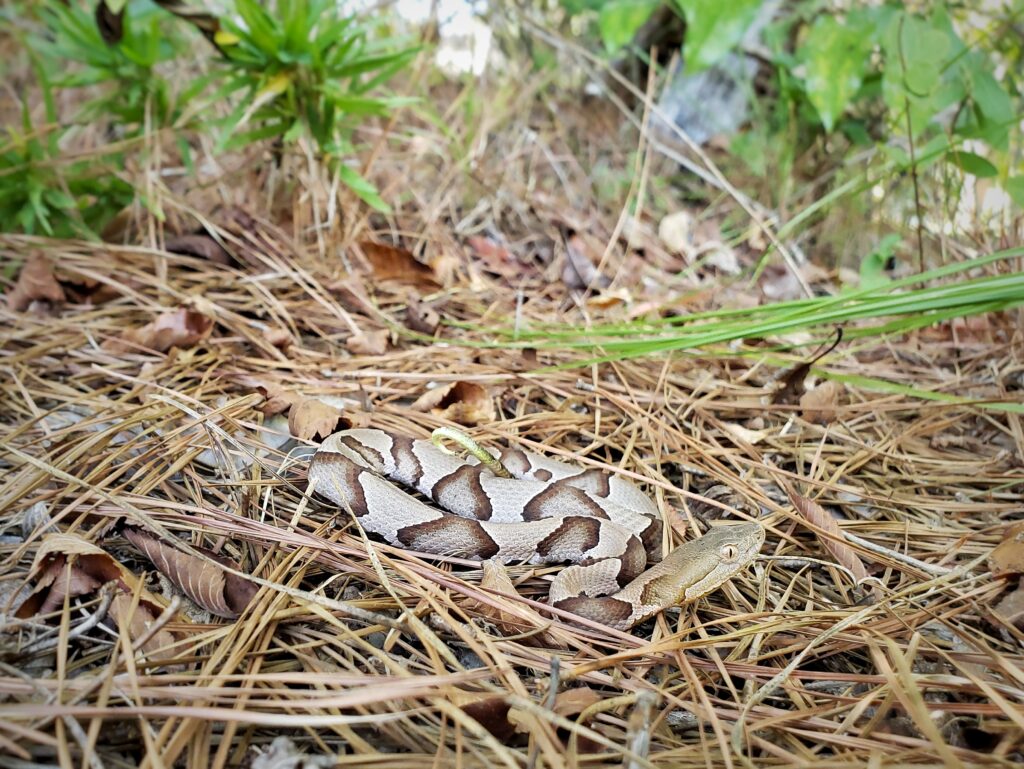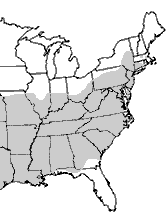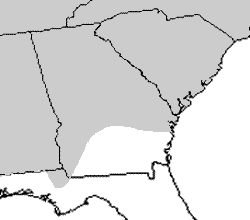Copperhead (Agkistrodon contortrix) – Venomous



Photos by Amanda Hurst unless otherwise noted
Description: Copperheads are light brown with Hershey kisses or hourglass dark banding patterns. They can grow around four feet long.
Range: They are commonly found throughout the southeast.
Habitat: They are found in all types of terrestrial habitats.
Habits: They are social snakes that are known to hibernate during the winter in communal dens with many individuals. This behavior is usually found in the northern and mountain populations. They are generally more active at night but will move during the cool periods of the day. One often finds them coiled in leaf litter.
Food: Opportunistic predators – small mammals, frogs, lizards, snakes, large insects, and frogs. They will ambush their prey. A copperhead feeding on a larger prey item will strike the prey with its venom and then follow it while it slowly dies before consuming it.
Reproduction: There are two mating seasons for copperheads in late spring and early fall. After mating, females can store sperm in special receptacles for long periods before fertilization occurs. Copperheads are life bears and will give birth to 7-8 babies in each litters. Females will give birth once every 2 years but can reproduce annually if food is abundant.
Conservation status: Copperheads are abundant and are not considered threatened. Oftentimes, snakes that resemble copperheads are mistakenly killed for this snake due to mistaken identities for other snakes such as ratsnakes, corn snakes, and banded and northern watersnakes.
Pertinent References:
Gibbons, W., and Dorcas, M. 2015. Snakes of the southeast. University of Georgia Press.
Account author: K. M. Ford
